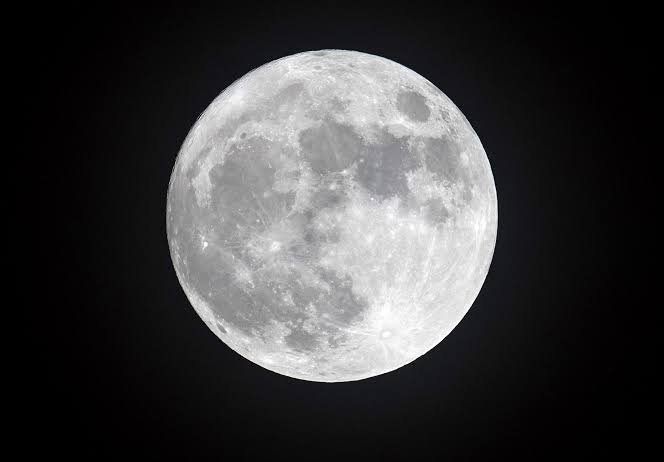A recent study has extended the estimated age of the Moon to at least 4.46 billion years, adding 40 million years to previous estimates. This research delves into the Moon’s formation, a process that remains somewhat mysterious.
The study, featured in the journal Geochemical Perspectives Letters, utilized lunar crystals collected by Apollo astronauts during the 1972 mission to the Moon. These crystals are among the oldest known solid materials to have formed after the giant impact, providing a valuable reference point for establishing the lunar timeline.
Using a novel analytical method called atom probe tomography, scientists were able to determine the age of the oldest lunar crystal. This technique involves sharpening a lunar sample into a fine tip and using UV lasers to evaporate atoms from the tip’s surface. By measuring the speed at which these atoms move through a mass spectrometer, scientists can ascertain their composition and isotopic proportions.
This atomic analysis revealed the extent of radioactive decay that had occurred within the zircon crystals. Radioactive decay is a process where unstable atomic nuclei shed protons and neutrons, transforming into different elements over time. For instance, uranium decays into lead, and scientists have established the time it takes for this decay to happen. By examining the ratio of uranium and lead isotopes in a sample, they can determine its age.




Comments are closed.